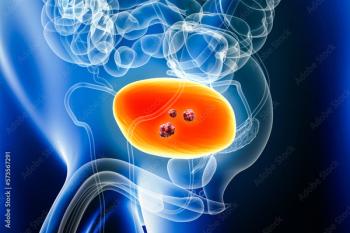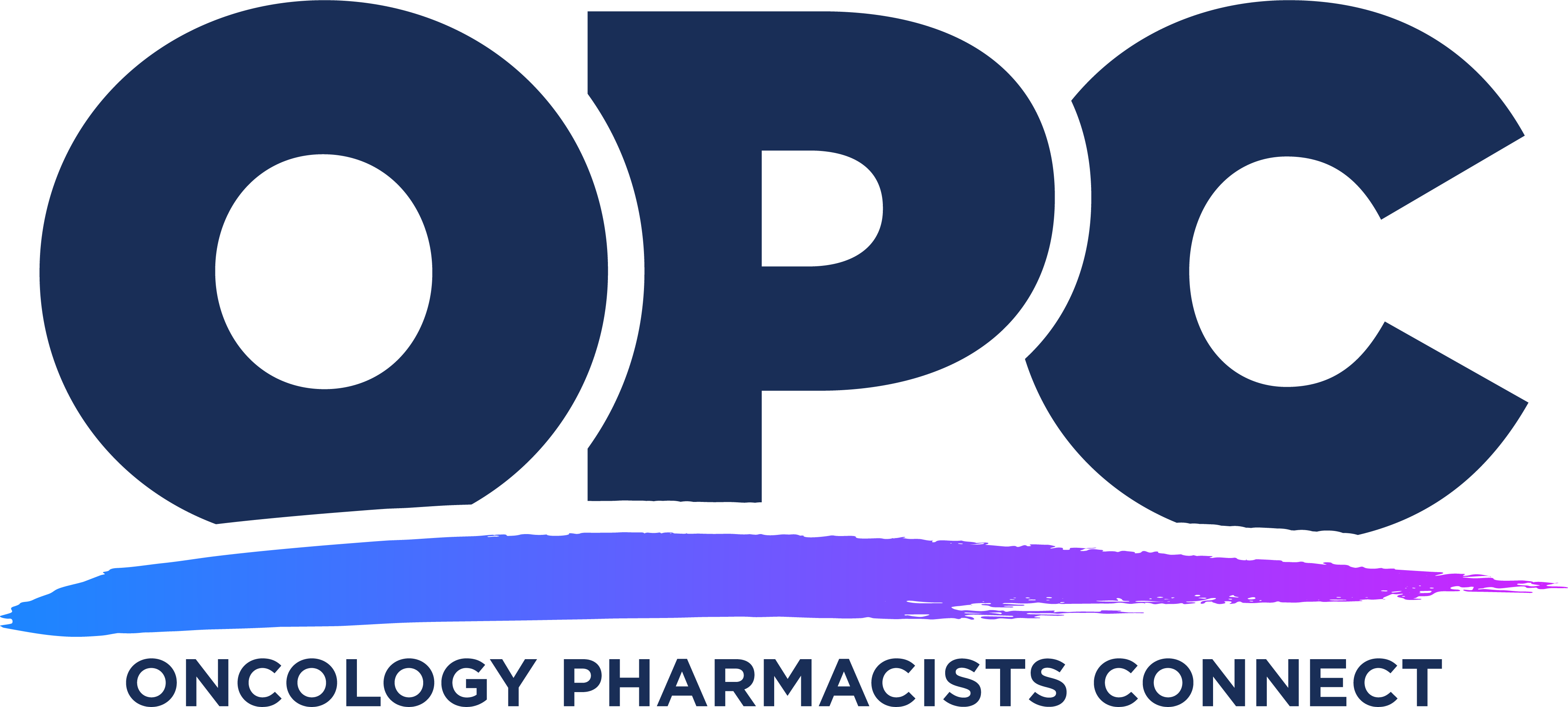
New Drugs, New Decisions: How Pharmacists Are Guiding the Future of Hematologic Care

Victoria Nacher, PharmD, BCOP, offers key insights about the evolving treatment landscape for hematologic malignancies.
At OPC 2025, Pharmacy Times® spoke with Victoria Nacher, PharmD, BCOP, from Michigan Medicine in Ann Arbor, Michigan, about emerging data and evolutions in treating hematologic malignancies. She provides key insights from the session, highlighting rare malignancies such as polycythemia vera (PV), essential thrombocythemia (ET), myelofibrosis (MF), and leukemia.
Pharmacy Times: Can you share an overview of what you discussed at OPC 2025?
Victoria Nacher, PharmD, BCOP: We talked about a lot of exciting changes for hematologic disorders that are not well known or maybe thought to be not as exciting. We talked about the plenary session for [PV]. Rusfertide [Protagonist Therapeutics] is a first-in-class hepcidin mimetic, targeting hepcidin to reduce iron absorption and distribution throughout the body. This helps reduce a patient's red blood cell count and hematocrit, and we saw significant improvements in patient quality of life and a reduction in phlebotomy requirements.
We also talked about phase 3 trials in [ET]. There hasn’t been a new drug approved or a trial like this since the ’90s or early 2000s. So, I think this is very exciting for interferons in that disease. And then some updates in other myeloproliferative neoplasms [MPN], like [MF]—looking at new drugs like imetelstat [Rytelo; Geron Corporation] in both the frontline and relapsed setting, with the primary end point being overall survival, which is great for patients. We also saw new data for asciminib [Scemblix; Novartis] in chronic myeloid leukemia [CML], which adds to the ongoing discussion around its role in therapy.
Pharmacy Times: What are some of the most significant therapeutic advances currently shaping the treatment of hematologic disorders such as leukemia, lymphoma, or multiple myeloma?
Nacher: I think, as I said, rusfertide being a first-in-class hepcidin mimetic is huge—especially for patients with [PV]—to hopefully reduce the phlebotomy burden and prevent some of the sequelae of the disease, including cardiovascular and thrombotic events. We're also seeing new TKIs for CML, which is great, especially if we can get longer-term data showing that patients can stop therapy, stay off therapy, and potentially be cured. So, I think it's just really exciting in these very niche, hard-to-treat diseases where we haven't seen a lot of movement in a very long time.
Pharmacy Times: What challenges still persist in the treatment of hematologic malignancies?
Nacher: I think overall, the challenge is, are we improving how long patients live? And for a lot of these trials—especially the ones we talked about from ASCO—we don't know that yet. I think another big question, at least in the [MPNs], is: are we changing the natural trajectory of the disease? For polycythemia vera, we can control hematocrit. For ET, we can control platelet count. For [MF], we can reduce spleen size—great. But are we changing the trajectory over time? Are we preventing transformation to secondary cancers or reducing the long-term consequences of the disease? That’s a huge challenge.
And I think the patient perspective is also critical. These patients live with their disease for a very long time. Are we improving quality of life, symptoms, and fatigue? That’s a big unmet need we should be looking at.
Pharmacy Times: What role do pharmacists play in bridging gaps between research findings and real-world implementation of new hematologic therapies?
Nacher: This came up in one of the OPC panels today. As pharmacists, we look at the data very objectively—and we have the luxury to do that. We have relationships with patients, especially in ambulatory care. We meet with them, educate them, and help manage side effects, but from a 30,000-foot view, we stay very objective. That’s a strength because it allows us to guide physician decision-making. But it can also be a limitation. We have to put ourselves in the shoes of the patient and their family and ask, “If I were them, would I accept an X percent chance of a side effect for an X percent benefit?”
A lot of times, the patient would choose the potential benefit, even with the risk. And that doesn’t always line up with how we interpret the data. So, we help bridge the gap: we bring the objective analysis, but we also have to consider the patient’s values and perspective. We need to sit down with them, explain the pros and cons, and have an honest, well-rounded discussion. That’s part of our role—along with thinking about cost, to the patient and to the health care system. How do we minimize that cost while maximizing patient benefit?
Pharmacy Times: In your practice, how do you bridge the gap between clinical trial data and clinical practice?
Nacher: I have a lot of conversations with providers first, where I’ll say, “Here are the options, and here’s how I see the pros and cons,” based on the data and what I know from the chart—comorbidities, drug interactions, etc. So that’s an objective view. But then the provider might say, “Okay, here are a couple of good options. Can you go talk to the patient?”
That’s where we get real. Something simple, like one drug is once a day, and the other is twice a day. Do you have trouble remembering to take your medications? Or: What’s your financial situation? Would you prefer a fixed-duration therapy or something ongoing that requires less monitoring?
[PV] is a great example. Do you like coming in for phlebotomy and sitting in the infusion area? Or would you prefer to come in once a week for a subcutaneous injection and be done? We help bridge the objective side with the patient perspective. Then we bring in the cost question: which option will be cheaper out of pocket? What’s financially feasible? And how do we also keep our institutions financially healthy?
Pharmacy Times: Can you share your experience at OPC 2025 and the significance of these meetings for pharmacists?
Nacher: I love OPC. This is my first OPC, and it’s amazing. There’s so much that happens at ASCO and other conferences that it can be hard to keep track of what’s most important. What do I need to know? What could impact my practice next year? What should I keep an eye on?
OPC is the perfect conference to get those answers. You hear from experts across community, academic, and managed care settings about what matters most. You learn what to watch for, how these therapies may be implemented, and how to prepare so we can stay up to date—for both our patients and our institutions.
Newsletter
Stay informed on drug updates, treatment guidelines, and pharmacy practice trends—subscribe to Pharmacy Times for weekly clinical insights.










































































































































































































